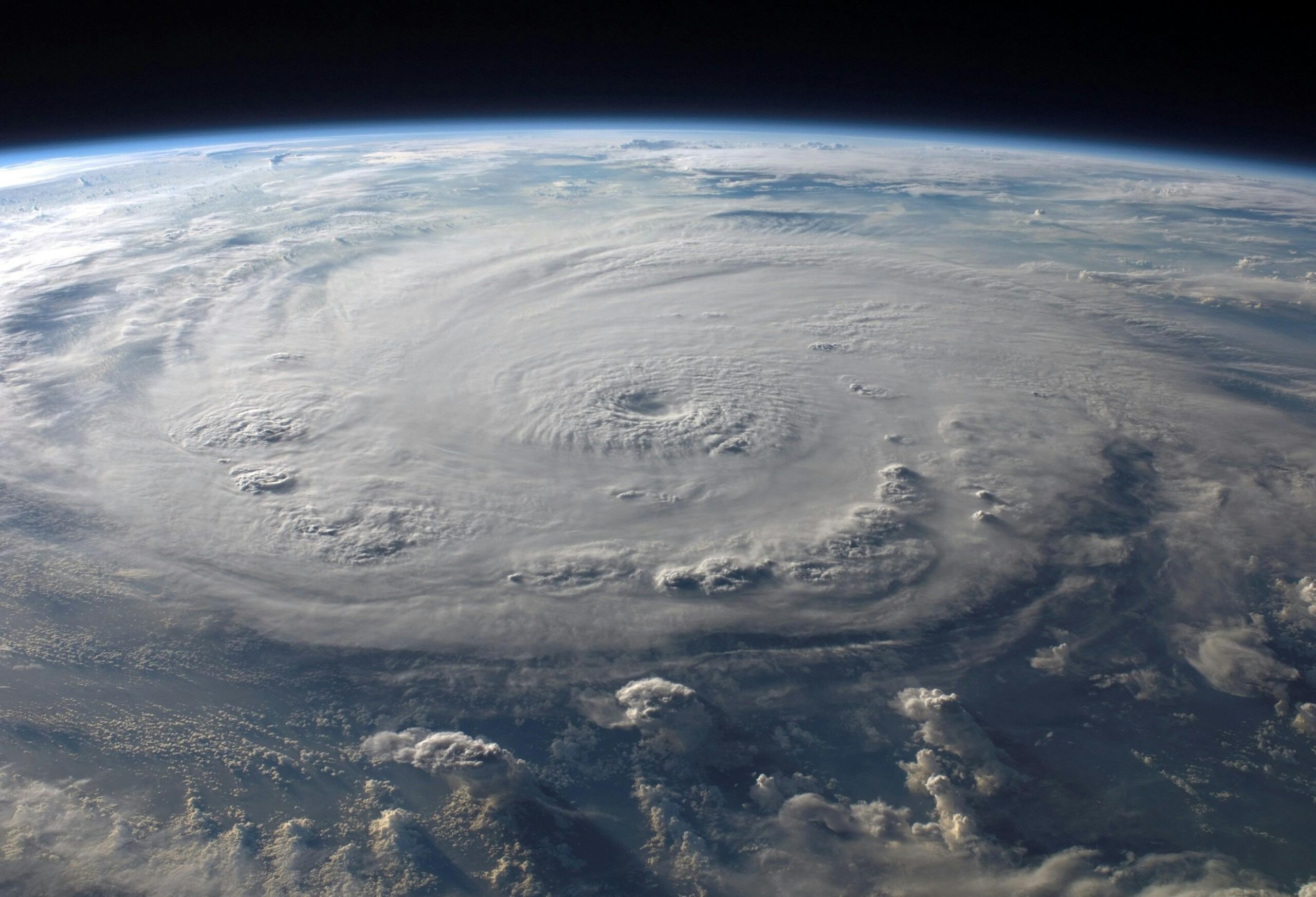
Running from the Weather: Staying Ahead of Philippine Typhoons
Living in the Philippines can feel like paradise… until the sky turns gray and the wind picks up. Typhoon season hits hard, but the good news is that it usually doesn’t catch you off guard. These storms are tracked days in advance, so you’ve got time to make a solid plan and stay safe — especially if you’re willing to move fast.
This part of the guide is all about getting ahead of the storm. If you’re an expat in the Philippines, here’s how to dodge danger before it even hits.
Don’t Wait It Out — Move Before the Storm Moves In
One of the best things about typhoons is that they rarely show up by surprise. That gives you a big advantage — time. Here’s how to use it to your benefit and escape the worst of it.
Shift North or South
Most typhoons move west across the country. If you head north or south, you can often move completely out of their path. Check the forecast, look at where the storm’s headed, and choose a nearby city or town that’s staying clear.
Take the Car and Get Some Distance
If the highways are safe and clear, hitting the road can be a great option. Even driving just five or six hours could be enough to outrun the wind and rain. Just don’t wait too long — traffic builds up quickly once people start moving.
The Site Every Expat Needs for Storm Tracking
When you’re figuring out whether to stay or go, real-time info makes all the difference. That’s where Typhoon2000.com comes in. This site is a lifesaver — seriously. It pulls together storm models from different weather agencies so you get a fuller view of what’s coming.
Why Typhoon2000.com Belongs in Your Favorites Tab
You Get More Than One Forecast
Instead of relying on a single prediction, you can see several. That means you’re not caught off guard by sudden changes in direction. It’s all laid out in one place so you can quickly spot patterns.
You Can Track It in Real-Time
Watch the typhoon move across the map as updates come in. The interactive tools make it easy to follow the storm and see if it’s shifting course — which is huge when you’re deciding whether to evacuate.
It’s Easy to Use, Even If You’re Stressed
The layout is simple and fast. No digging through confusing data. You can get what you need fast and make your call.
Don’t Forget the Official Warnings
Typhoon2000 is a great tool, but it shouldn’t replace official announcements. Always check PAGASA for updates. Their bulletins are the final word on storm warnings, signal numbers, and expected landfall.
By keeping one eye on Typhoon2000 and the other on PAGASA, you’ll be in the best position to make a calm, informed decision — whether you’re hitting the road or locking down at home.
Is It Worth Escaping a Typhoon? Let’s Talk About the Real Cost
Leaving town during typhoon season isn’t just about comfort — it’s about making a smart move to protect your peace of mind, your stuff, and your income. Sure, staying behind might seem cheaper in the moment, but the cost of riding out a storm can stack up fast, especially if the power goes out or your home takes a hit.
A Quick Breakdown of a Typical Typhoon Escape
Let’s say you take off for 4 or 5 days to get away from the storm’s path. You book a modest Airbnb, maybe take a bus or rent a car. Here’s what it might look like:
Place to Stay: Around 40 bucks a night puts your total at about 160 to 200 dollars
Transportation: Budget about 100 dollars round trip, depending on how you travel
Estimated Total: You’re looking at 260 to 300 dollars for a calm, safe escape
What You’re Really Paying For: Peace, Not Panic
This isn’t just about dollars — it’s about peace of mind. When you leave early, you skip the stress of last-minute scrambling, storm warnings blaring, and power outages kicking in. You can relax, stay connected, and make sure your family is comfortable instead of stuck in the dark with no AC or running water.
Protecting Your Stuff Before the Storm Hits
Evacuating also gives you time to prep your place and pack up valuables. That means less chance of water damage, roof leaks, or broken windows ruining your things. If you’ve got a laptop full of work or devices that are hard to replace, getting out ahead of time makes a lot of sense.
Skip the Misery of a Power Outage
Let’s be real — after a typhoon, it’s not just the storm that’s rough. Losing power for several days in the heat, without internet or refrigeration, is its own kind of nightmare. Escaping to a town with stable power and Wi-Fi makes those recovery days a whole lot easier.
The Cost of Staying Could Be More Than You Think
If you work online or run a business from home, power outages hit your bottom line. When the lights go out, so does your income. Whether you’re a freelancer, virtual assistant, online seller, or social media pro — no power means no work, no sales, and missed deadlines.
When the Internet’s Down, So Is Your Revenue
A long outage doesn’t just delay your schedule — it can lead to real losses. Missed meetings. Unanswered emails. Projects that fall behind. If your work depends on a steady connection, a few days offline can take a serious toll on your earnings and your reputation.
Lost Sales, Spoiled Inventory, and Stalled Operations
Even if you don’t work online, the damage adds up fast. A power cut can ruin refrigerated goods, delay deliveries, and throw off communication with your team or suppliers. If you’re running any kind of business, those days of downtime hit hard.
Why Evacuation Can Actually Save You Money
It might feel like a short vacation — but it’s really a smart investment. For under 300 dollars, you protect your health, your home, and your income. You stay online, stay safe, and skip the chaos. When you weigh that against the cost of lost work, damaged property, or spoiled inventory… it’s an easy call.

















